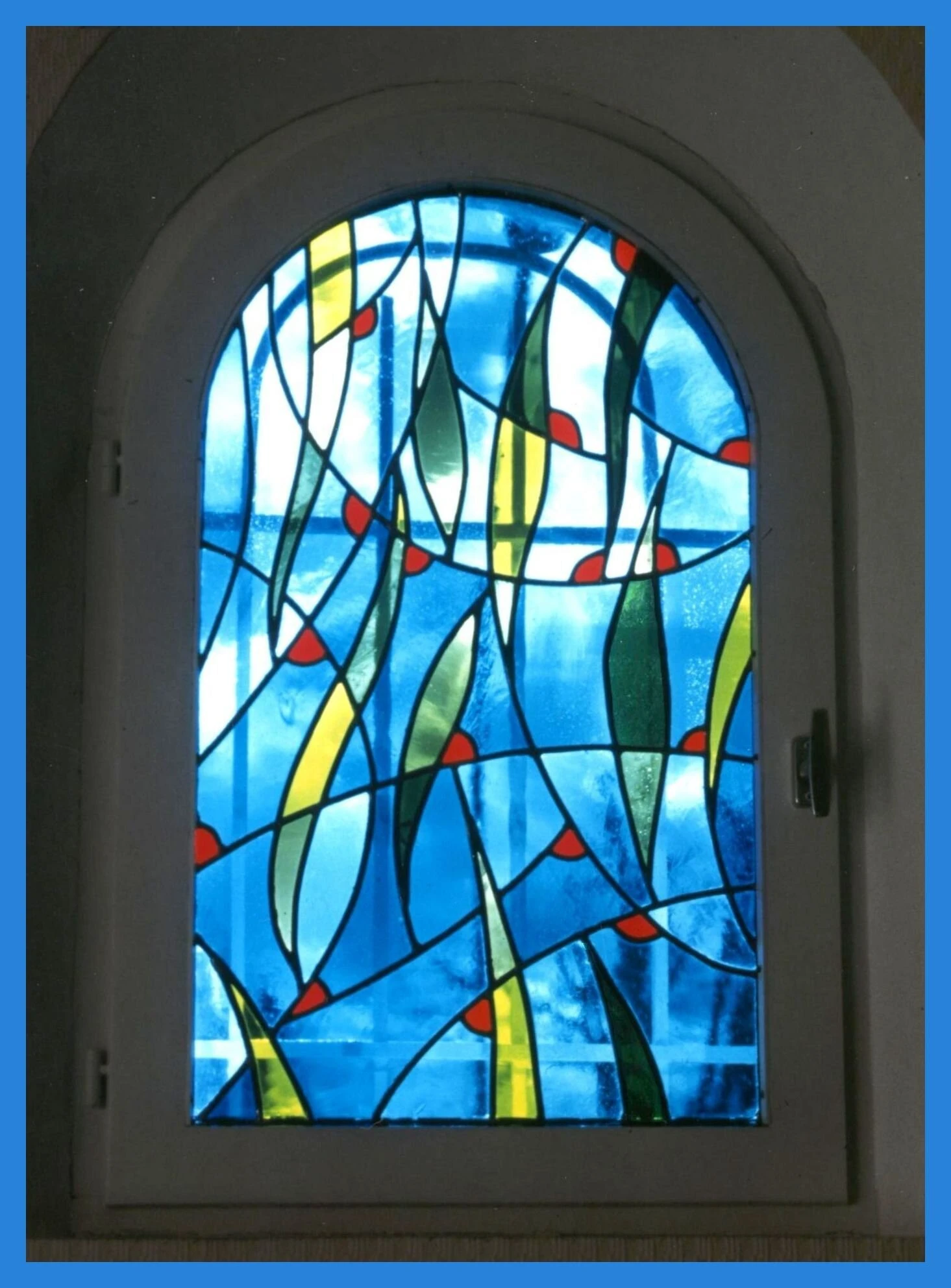

Understanding Low-E366 Glass A Breakthrough in Energy Efficiency
In today’s world, where sustainability and energy efficiency are becoming increasingly important, the advancements in building materials play a crucial role in achieving these goals. One such innovation is Low-E366 glass, a type of low-emissivity glass that offers significant benefits for both residential and commercial applications. This article explores what Low-E366 glass is, how it works, and its advantages in modern architecture.
What is Low-E366 Glass?
Low-E366 glass is a specialized insulated glazing product that features a thin, transparent coating designed to minimize the amount of infrared and ultraviolet radiation that passes through the glass without compromising the visible light transmission. The Low-E stands for low emissivity, indicating that the glass reflects heat while allowing light to enter. The 366 in its name refers to its performance characteristics, specifically, its capabilities to block heat during the summer while allowing warmth from sunlight during the winter.
How Does Low-E366 Glass Work?
The effectiveness of Low-E366 glass lies in its construction. The coating is made from metallic oxides deposited on the glass surface. This coating works by reflecting long-wave radiation, which is responsible for heat, back into the building while allowing shorter wavelengths of light, including visible light, to pass through. As a result, buildings can remain naturally well-lit while maintaining a comfortable indoor temperature, reducing the reliance on artificial heating and cooling systems.
Benefits of Low-E366 Glass

1. Energy Efficiency One of the primary advantages of Low-E366 glass is its contribution to energy efficiency. By reflecting heat in the summer and retaining warmth in the winter, it significantly reduces the workload on heating, ventilation, and air conditioning (HVAC) systems. This translates to lower energy bills and a reduced carbon footprint, making it an eco-friendly choice.
2. Comfort Buildings constructed with Low-E366 glass provide a more consistent indoor temperature. Homeowners often report fewer drafts and cold spots, enhancing overall comfort. This is especially beneficial in climates with extreme temperatures.
3. UV Protection Low-E366 glass also filters out harmful ultraviolet rays, which are known to cause fading in furniture, flooring, and artwork. By minimizing UV exposure, this type of glass helps in preserving the aesthetics and longevity of interior finishes.
4. Condensation Resistance The thermal performance of Low-E366 glass reduces the likelihood of condensation forming on the interior surfaces of the glass. This is particularly advantageous in humid climates, where condensation can lead to mold and mildew issues.
5. Aesthetic Appeal In addition to its functional benefits, Low-E366 glass offers a sleek and modern appearance. It can be produced in various thicknesses and styles to meet the architectural requirements of any project, making it an attractive option for designers and builders alike.
Conclusion
Low-E366 glass stands at the forefront of energy-efficient building materials. Its ability to enhance thermal performance while allowing natural light to illuminate indoor spaces makes it an invaluable asset in modern architecture. As the push for sustainable building practices continues to grow, integrating Low-E366 glass into new and existing structures can contribute significantly to energy savings, comfort, and overall environmental sustainability. As homeowners and businesses alike look toward a greener future, adopting such innovative materials will be vital in shaping energy-efficient landscapes.